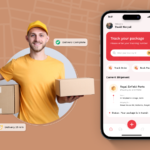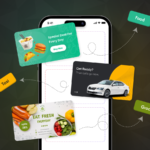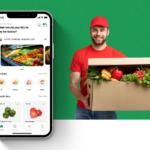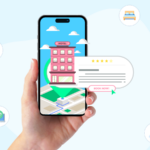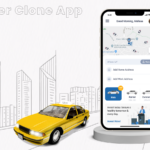Roadside Assistance App Development: Cost and Features
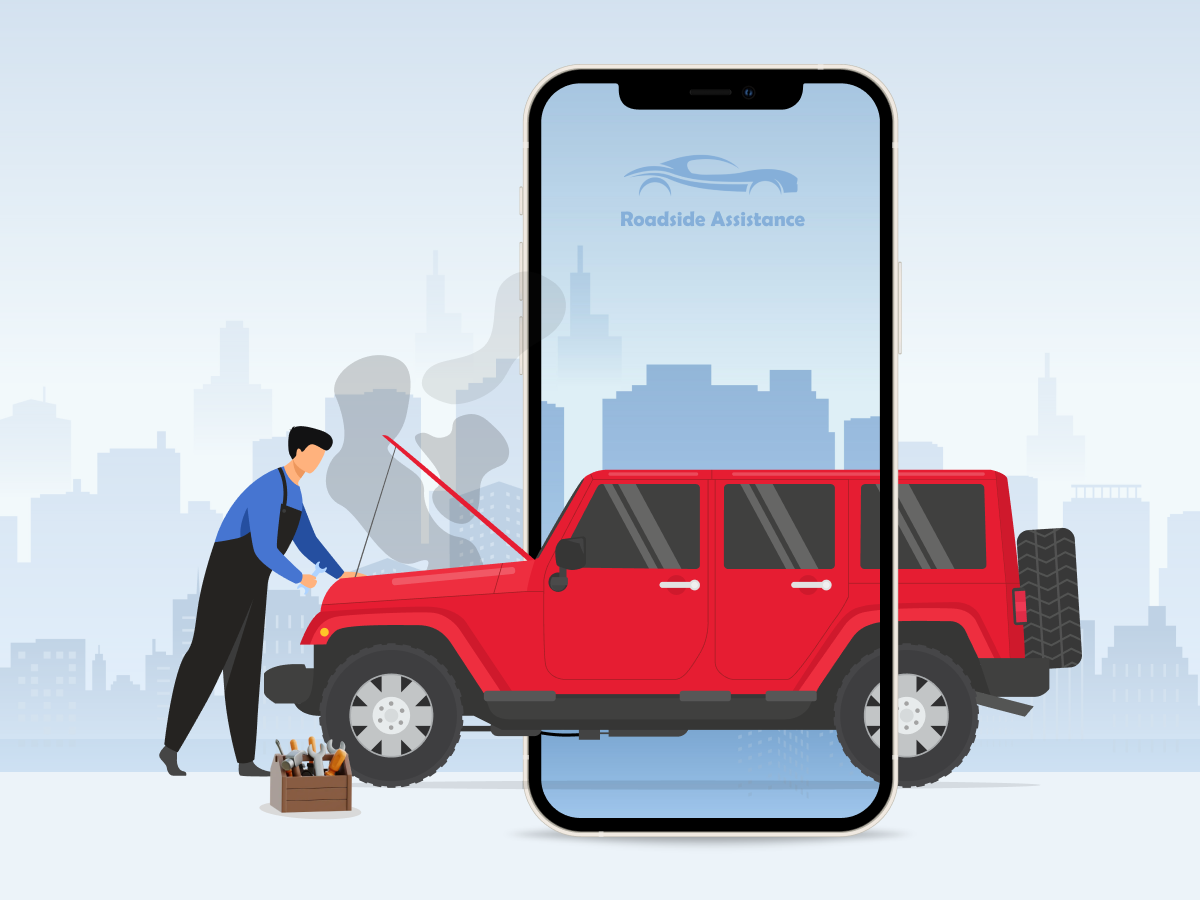
-
Ashka Panchal
- February 19, 2024
- 7 min read
A flat tire on a lonely highway, a sputtering engine refusing to cooperate, or a locked car key banished to the land of lost socks. Sounds like a nightmare, right? But what if a superhero was in your pocket, ready to summon aid with a single tap? Enter the roadside assistance app – a technological knight in shining armor, ready to rescue you from roadside woes.
Did you know? Over 69 million car breakdowns occur in the US alone each year.
By building your own vehicle roadside assistance app, you’ll be not only saving stranded souls but also building a thriving business.
But, you must be wondering, where to start and how much will it cost to build a roadside assistance app. Worry not! This comprehensive guide will navigate you through every step, from ideation to launch, and cover some crucial aspects often overlooked.
About Road Assistance Business
The road is full of unexpected twists and turns, and sometimes, those turns lead to flat tires, towing, dead batteries, or even worse. This is where the roadside assistance business steps in, offering a helping hand when drivers need it most. This industry, extending beyond cars, presents a lucrative investment opportunity due to the widespread use of road transport and the constant need for assistance.
Roadside Assistance Mobile App: Key Statistics
- The global vehicle roadside assistance market is projected to increase from $24.34 billion in 2023 to $35.73 billion by 2030.
- Europe is the leader in roadside assistance subscriptions with the largest market share.
- The vehicle assistance application typically ensures prompt service with an average wait time of 30 minutes.
- Google Play Store ratings reveal a high satisfaction rate, with over 60% of users expressing contentment with the services provided by the roadside assistance mobile application.
Source: Fortune Business Insights
How Does a Roadside Assistance App Work?
Vehicle roadside assistance apps connect drivers with nearby service providers in case of car trouble. Here’s how it typically works:
- Users can sign up through a mobile app for roadside assistance and complete the registration process.
- When you need help, open the app and choose the service you need such as jump start, flat tire change, or towing. They also specify their current location.
- The app uses the provided location to identify nearby service providers and sends the assistance request to them.
- A service provider accepts the user’s request and begins navigating to the specified location.
- The user can track the provider’s real-time location as they approach the user’s location.
- The service provider arrives, renders the requested service, and completes the assistance.
- After the service is successfully provided, the user securely makes the payment through the app.
You May Also Like: How to Start an Errand Service Business With a Mobile App?
Reasons Why Towing and Roadside Assistance Business is Booming
For many, the image of a tow truck arriving to rescue a stranded motorist conjures up feelings of relief and gratitude. But beyond the immediate benefit, they provide, towing and roadside assistance businesses are experiencing a surge in popularity for several key reasons:
- Convenience: Instant access to help, 24/7, from anywhere.
- Speed: Quicker response times compared to traditional methods.
- Transparency: Real-time tracking and clear pricing estimates.
- Choice: Diverse range of services available.
- Safety: Secure platforms and payment options.
Why Invest in a Roadside Assistance App Development?
For startups and entrepreneurs seeking a thriving market with significant growth potential, a roadside assistance app might be the answer. Let’s explore the compelling reasons why investing in this space could be your roadmap to success.
• Low Entry Barrier
Unlike traditional businesses with high overhead costs and complex logistics, a roadside assistance app boasts a relatively low entry barrier. You won’t need brick-and-mortar investments or a fleet of vehicles. Instead, your primary assets are your innovative app and a network of skilled service providers.
• Scalability
One of the biggest advantages of on-demand towing app development is its inherent scalability. Imagine starting in your local community and gradually growing your network nationwide, all while managing your operations from a single dashboard. This flexibility allows you to adapt to market demand and capitalize on new opportunities with ease.
• Customer Loyalty
Unlike traditional car repair shops that rely on sporadic visits, Uber for trucks app development opens doors to recurring revenue streams. Subscription models, loyalty programs, and targeted promotions can keep customers engaged and coming back for more. This consistent income flow provides financial stability and predictability, allowing you to reinvest in your app’s development and further enhance the user experience.

How to Develop a Towing/Roadside Assistance App?
Turning that spark of an idea into a thriving roadside assistance app requires both meticulous planning and strategic execution. To navigate this process with confidence, consider this roadmap your compass:
• Market Research and Analysis
- Target Audience: The first step in roadside assistance app development is to identify your ideal users, their demographics, driving habits, and pain points encountered during breakdowns. Understanding their needs will inform your app’s functionality and design.
- Competitive Landscape: Analyze existing apps, their strengths and weaknesses, and identify potential gaps in the market. This will help you differentiate your app and carve a unique niche.
• Defining Core Features and Functionalities
- User Registration and Login: Streamline the onboarding process with secure and user-friendly registration options.
- Service Selection: Provide a clear and intuitive menu of roadside assistance services, allowing users to easily choose the assistance they require.
- Location Tracking: Integrate accurate and real-time location tracking to efficiently dispatch service providers.
- Payment Integration: Offer secure and convenient payment methods for a seamless user experience.
- Provider Management System: Develop a robust system for managing service providers, ensuring their qualifications, availability, and responsiveness.
• User-Centric Design and Development
- Interface Design: Prioritize clarity, ease of navigation, and visual appeal. Every interaction should be intuitive and minimize user frustration.
- Development Platform: Choose a native or cross-platform development platform based on your target audience, budget, and desired app functionalities.
- Team Assembly: Build a skilled team of developers, designers, and testers to bring your app to life. Their expertise will ensure technical proficiency, user-centric design, and a polished final product.
• Rigorous Testing and QA
- Scenario Testing: Simulate real-world user scenarios to identify and address potential issues.
- Stress Testing: Test the app’s performance under high traffic and ensure smooth functionality.
- Bug Detection and Resolution: Implement rigorous testing protocols to identify and resolve any bugs before launch.
• Launching and Marketing Your App
- Marketing Strategy: Develop a targeted marketing strategy to reach your ideal users through social media, search engine optimization, content marketing, and strategic partnerships.
- App Store Optimization: Optimize your app store listing with relevant keywords and compelling visuals to attract downloads.
- Launch Campaign: Generate excitement and awareness around your app launch through engaging campaigns and promotions.
• Continuous Monitoring and Improvement
- Performance Monitoring: Track key metrics such as user engagement, conversion rates, and customer feedback to identify areas for improvement.
- User Feedback: Actively solicit user feedback and implement changes to enhance the app’s functionality and user experience.
- Feature Updates: Stay ahead of the curve by regularly updating your app with new features and functionalities that address user needs and evolving market trends.
You May Also Like: AI-Powered Taxi App Development Cost
Must-have Features of Vehicle Roadside App
Navigating through the development of a roadside assistance application requires detailed knowledge about essential features. Here are the must-have features that make the app practical, efficient, and user-friendly.
| Features | Description |
| User Registration | Allow users to create accounts for personalized assistance and easy tracking of service history. |
| Service Request | Enable users to request assistance for common issues like towing, tire replacement, or fuel delivery. |
| Real-Time Tracking | Provide live tracking of the assistance vehicle, allowing users to know the estimated arrival time. |
| Service Provider Network | Maintain a network of reliable service providers, including tow trucks, mechanics, and fuel delivery services. |
| In-App Communication | Facilitate communication between the user and the service provider through in-app chat or call feature. |
| Payment Integration | Securely process payments within the app, supporting various payment methods for user convenience. |
| Emergency Contacts | Allow users to save and quickly access emergency contacts or roadside assistance hotlines. |
| Geolocation Services | Utilize GPS for accurate location identification, ensuring prompt service dispatch to the right location. |
| Service History | Maintain a record of past assistance requests and services availed for users and service providers. |
| Notification Alerts | Send push notifications for service updates, arrival times, and other important information. |
Business Models for Towing/Road Assistance App
- Roadside Assistance Centre: In this business model, on-demand roadside assistance services are offered to customers quickly and efficiently. With the help of a robust dashboard, a business can manage its operations like staff management, booking, and payments easily.
- Single Service Aggregator: Uber for towing app development is the best example of it. All verticals like towing, tire replacement, repairs, refueling, etc can be managed from within the app.
- Multi-Service Aggregator: Drives stuck in emergencies can take all kinds of available roadside assistance help from their chosen service providers.
How to Earn Money with Road Assistance App?
Here are some key ways to make money with your vehicle roadside assistance app:
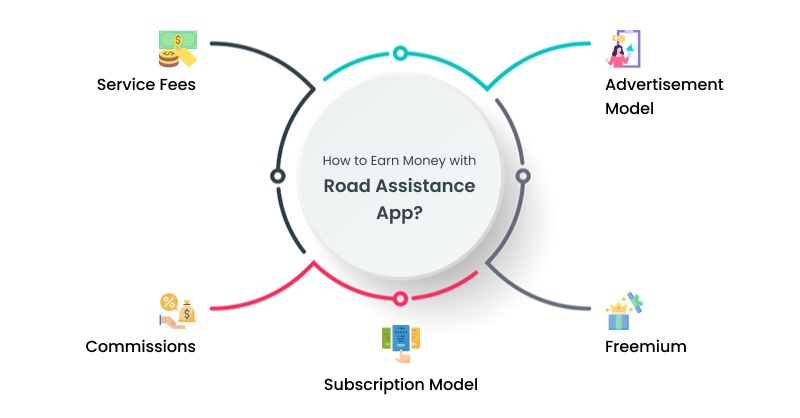
- Service Fees: This is the most straightforward model. Charge users a fee for each service they book through your app, like towing, jumpstarts, or tire changes. You can offer tiered pricing based on the service type and distance.
- Commissions: Instead of charging users directly, you can earn a commission on each service booked through your app. Partner with service providers and negotiate a percentage of the booking fee they receive.
- Subscription Model: Users pay a monthly or yearly fee for access to a certain number of services or discounted rates.
- Freemium: Offers basic services for free, with premium features available for a fee.
- Advertisement Model: Display targeted ads within your app based on user location and needs. Partner with related businesses like auto repair shops and car dealerships and display their ads.
You May Also Like: Cost to Develop Ride-sharing App Like Uber or Lyft
Cost of Building a Roadside Assistance App
It’s not easy to give an exact cost because it depends on several factors such as app types, app platform you choose (Android, iOS, or both), UI/UX design, app complexity, and the company you choose for mobile app development services.
However, to give a rough budget, the roadside assistance app development cost with fundamental features typically ranges between $10,000 – $20,000 for a single platform (Android or iOS). However, for a more sophisticated app with advanced functionalities, the cost may escalate to approximately $30,000 or more.
For an accurate assessment of the precise costs involved in developing a towing or vehicle roadside assistance mobile app, it is recommended to engage with an experienced app development company. By consulting with professionals in the field, they can conduct a thorough evaluation of your requirements and furnish you with a comprehensive breakdown of the associated costs.
Wrapping Up
The on-demand roadside assistance market is booming, and offering a mobile app solution can be a great way to tap into this growing industry. If you’re thinking about getting into the vehicle roadside assistance business, now is a great time. You just need to team up with a reliable company that can build a top-notch app for you. This way, you can join in and succeed in this growing field.
Remember, it’s not just about fixing cars, it’s about creating a seamless, stress-free experience that delights both drivers and service providers. So, ditch the wrench, embrace the app, and get ready to make your mark in this lucrative industry.
You may also like
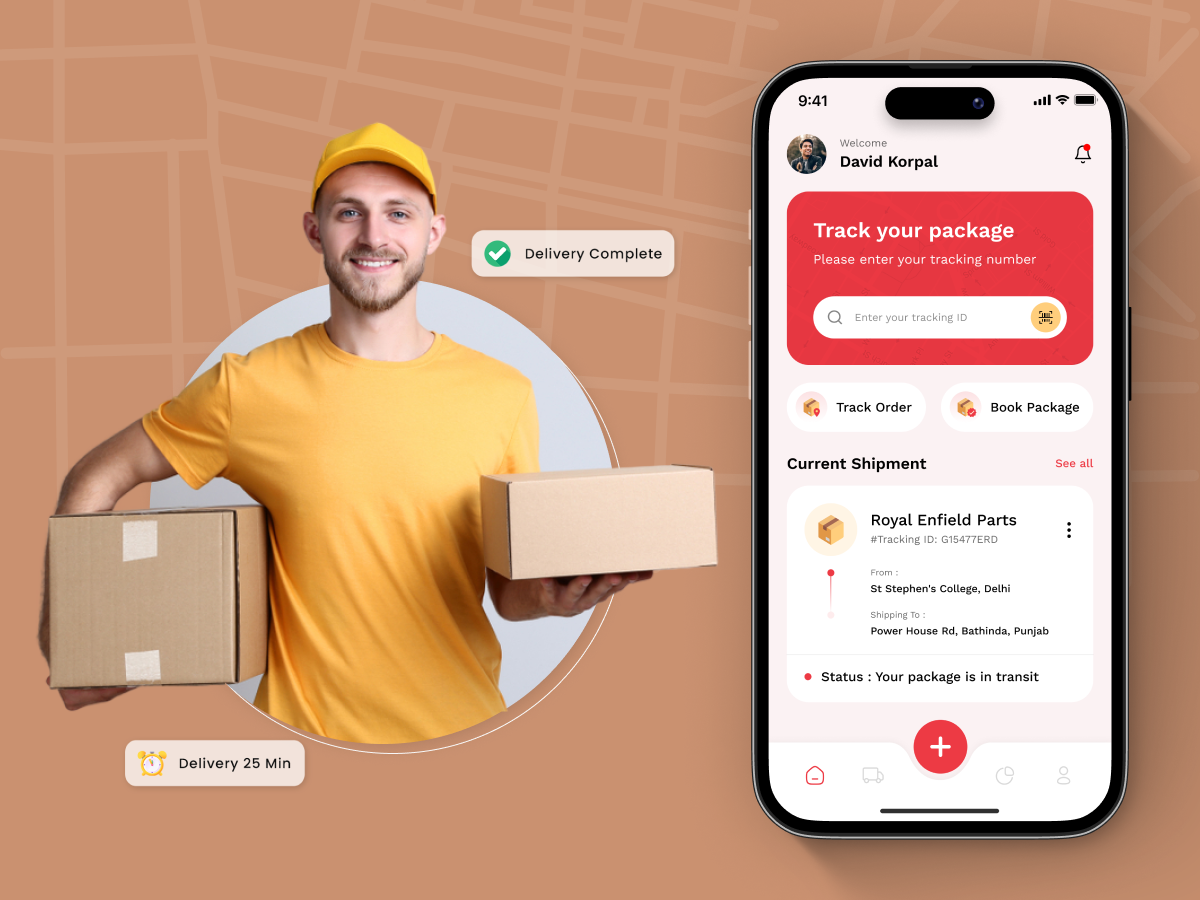
How Courier Delivery Apps Can Revolutionize Your Business Operations
-
Ankit Patel
In the fast-paced world of today, the gears of business operations never really stop moving. Are you a seasoned logistics and transportation business giant? Or a burgeoning startup hoping to transform the delivery landscape? Or an enterprise managing a complex web of shipments? No matter where you stand, the pressure to deliver quickly, efficiently, and… Read More
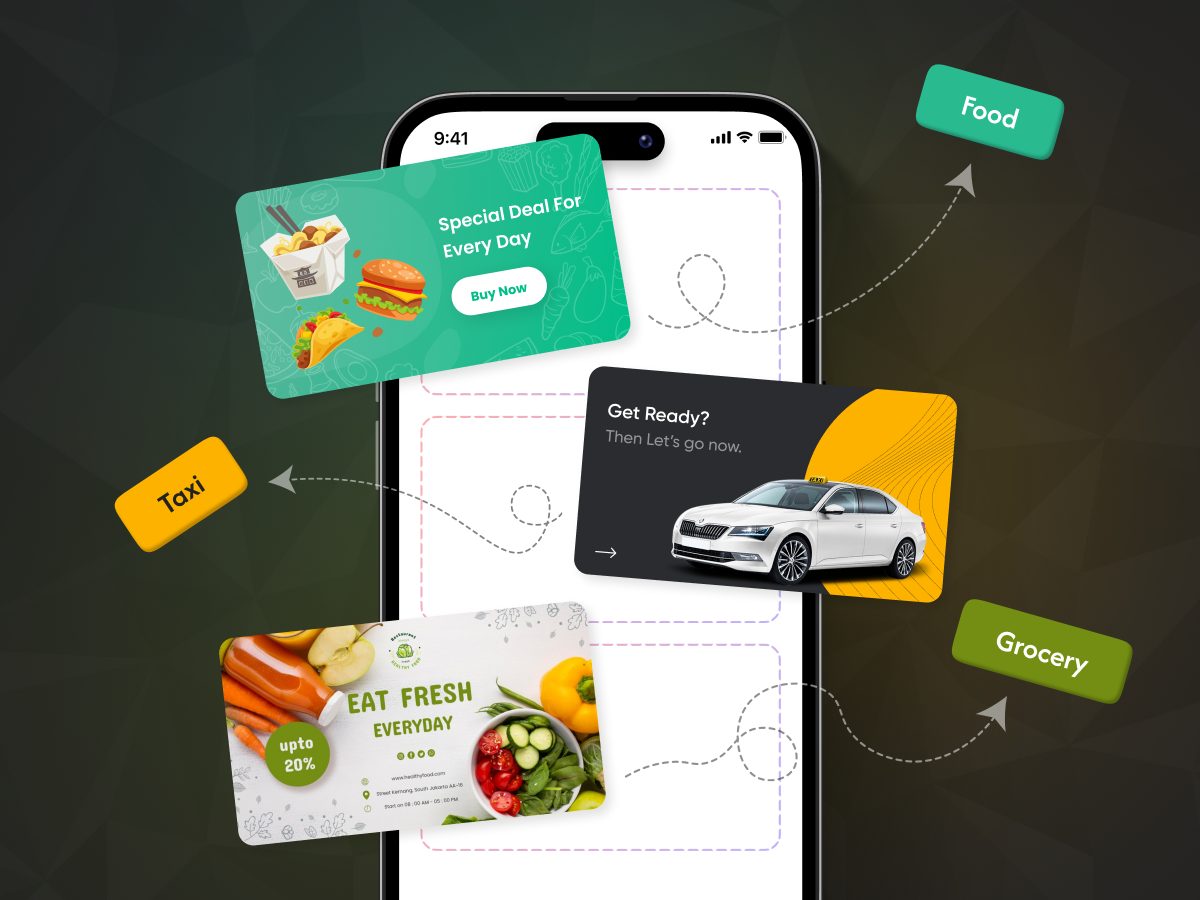
Super App Development Guide: All-in-one Food, Grocery & Taxi App Solution
-
Chirag Vaghasiya
In today’s digital world, which is overflowing with applications that take up storage space on mobile phones and have only one function, a new precedent is beginning to emerge Let’s think about it, an application that serves multiple purposes at a time. Yes, an application fulfills all the day-to-day necessities of a regular user! A… Read More
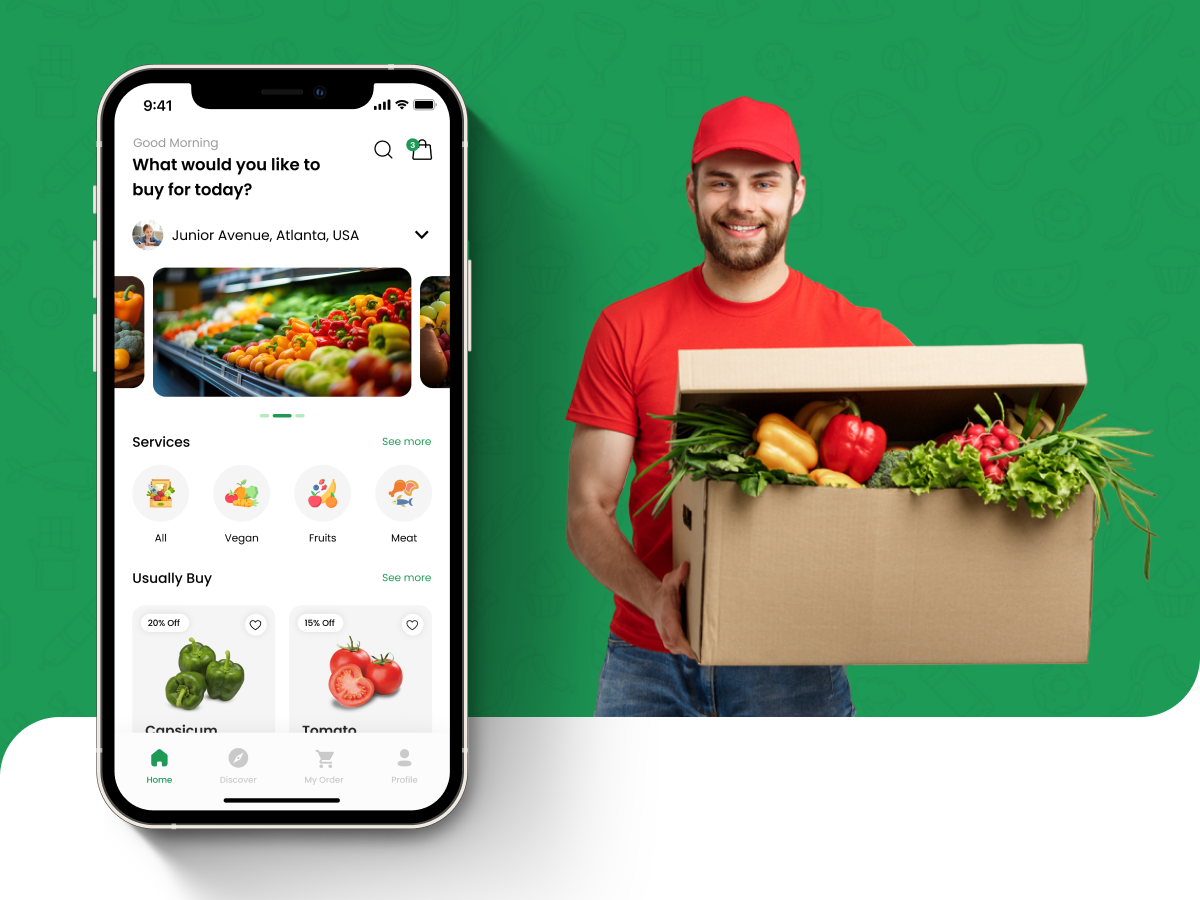
Grocery Delivery App Development: A Guide for Supermarkets & Local Stores
-
Ankit Patel
Grocery shopping apps are a blessing for online grocery shoppers! In an era where everything comes in handy, grocery shopping apps have grown to be an essential part of our daily lives. Customers prefer the convenience, delivery at home, and time-saving benefits of online grocery delivery services. Everything is available on smartphones, waiting for you,… Read More

